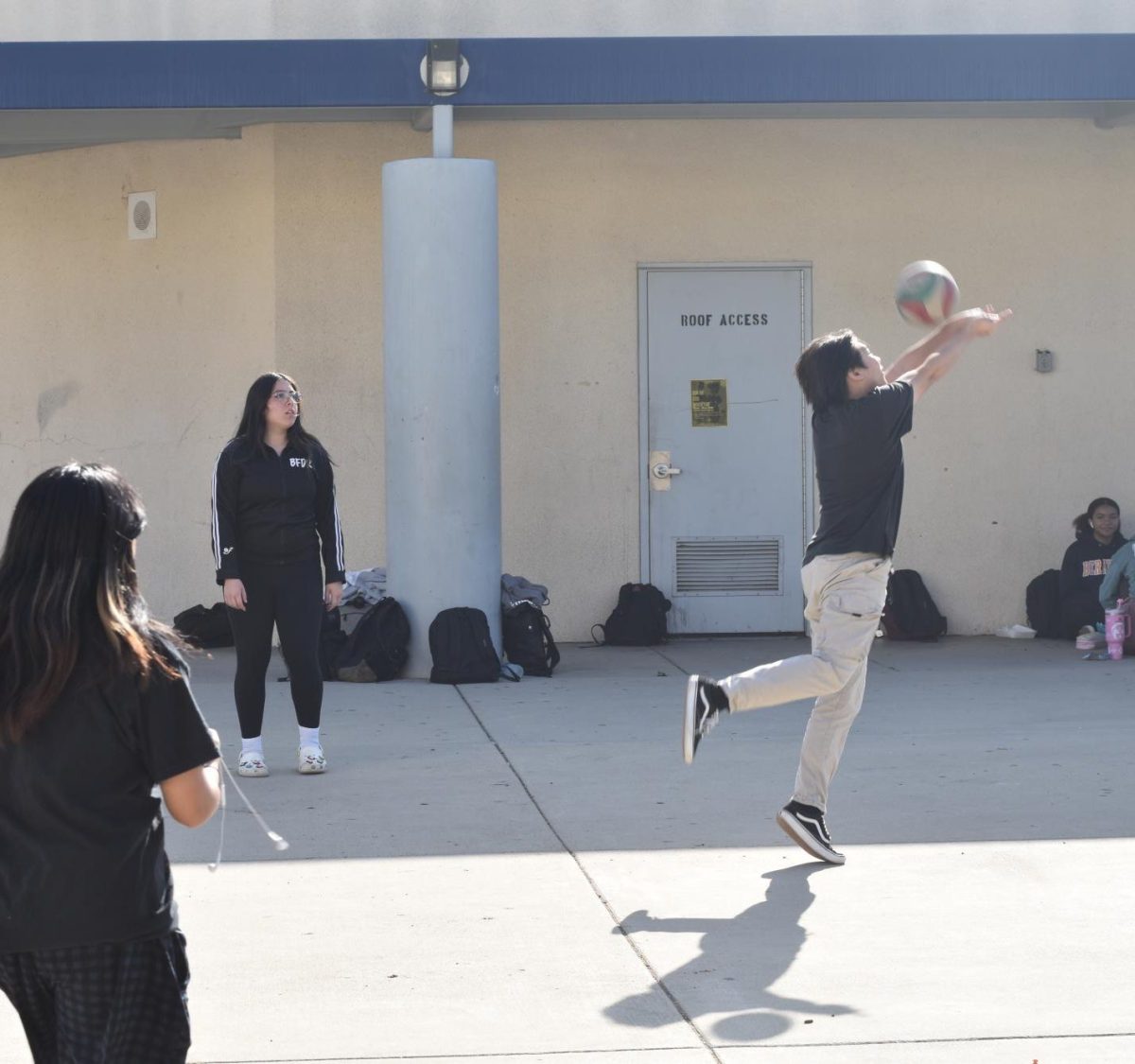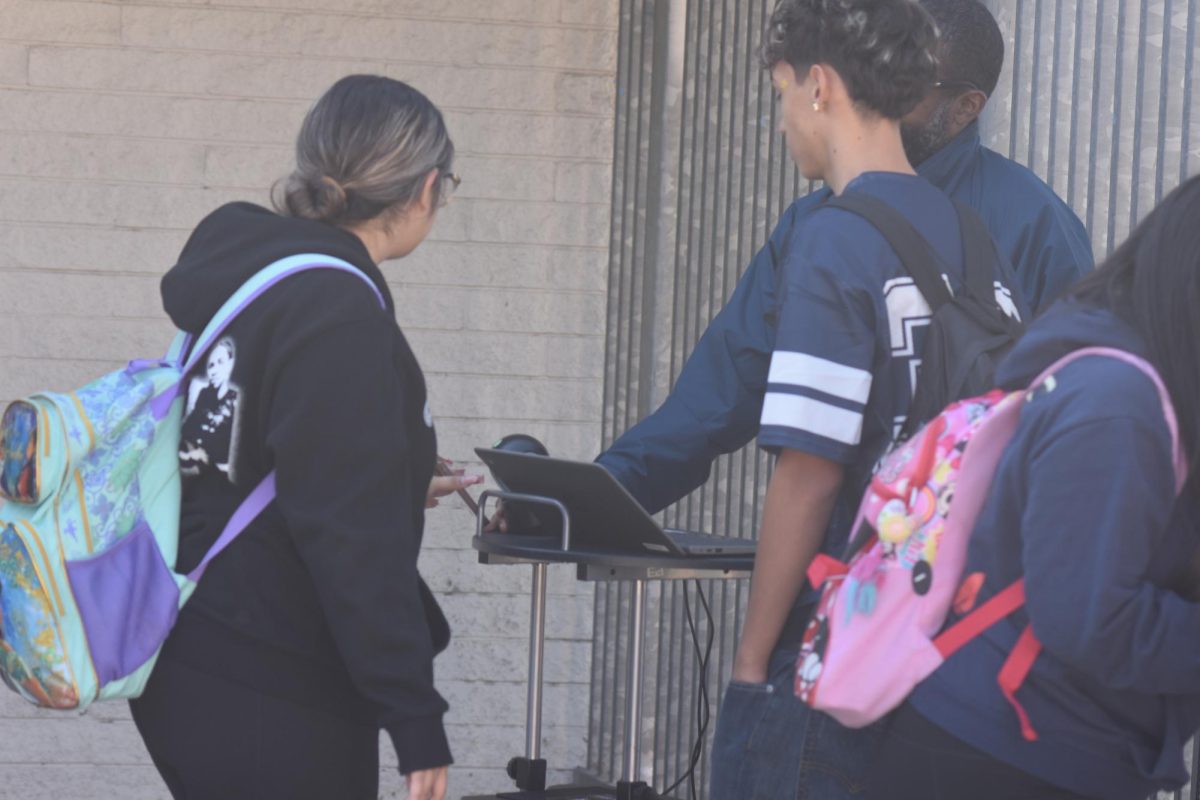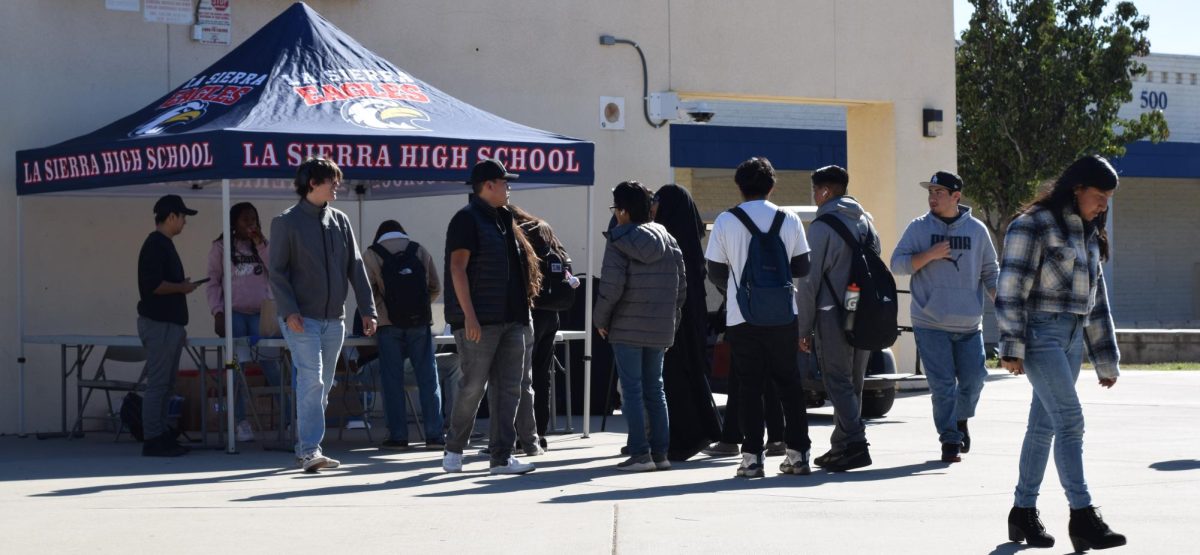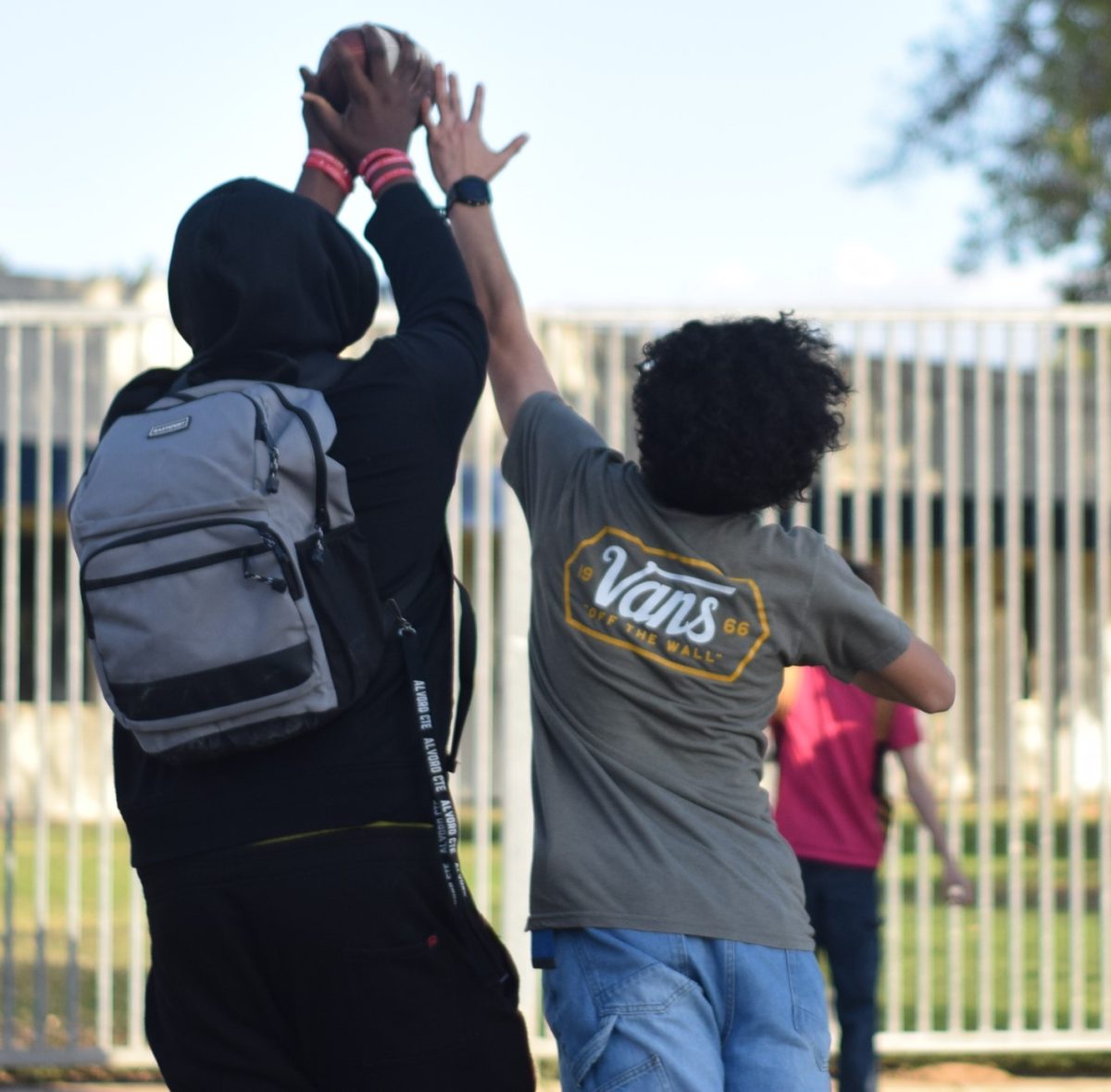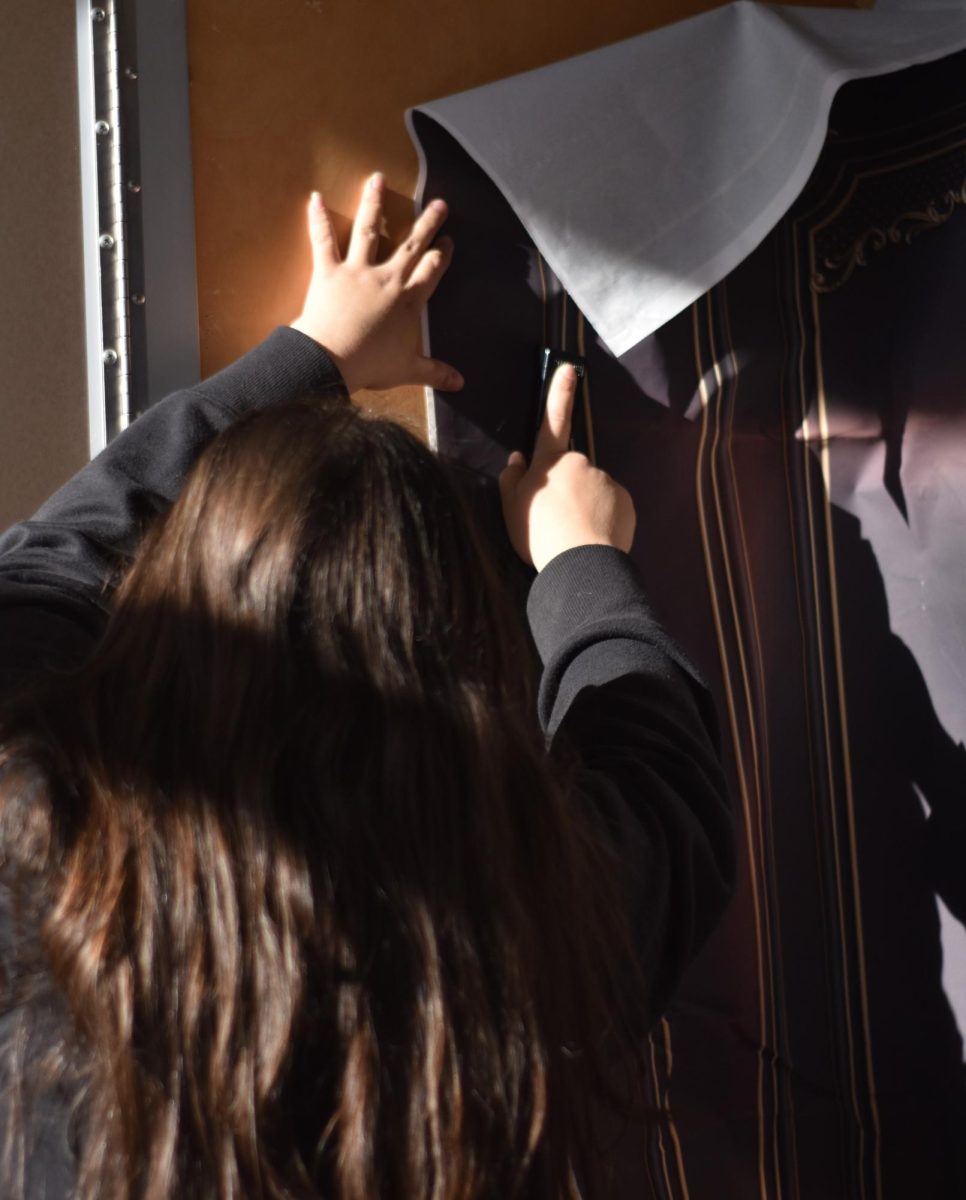According to USA Today, about 93% of schools in the United States have dress code regulations. While some are more lenient than others, most restrictions include bans against short skirts/shorts, spaghetti strap tank tops, sagging pants and clothing with offensive phrases and logos. La Sierra High School’s student handbook is home to a list of its own dress code regulations. However, with dress codes becoming a controversial discussion, people have grown to foster differing views on how schools should approach them, La Sierra students included.
Leslie Espinosa, a junior at La Sierra High School, believes that school dress codes are necessary for students to grasp what’s appropriate to wear outside.
“What I like about [dress codes] is it gives you a structural understanding,” she said. “You’re in school, you’re supposed to be wearing appropriate clothes. If you’re out in the streets you can wear what you want.”
Freshman Shamar Roberts shared a similar view. Although he thinks dress codes are a necessity, he had one personal distaste for the regulations.
“Sometimes we can’t wear clothes that are graphic, but it’s hard because it’s normalized outside of school,” he said.
Dress codes have historically been in place for decades, however the first legal confirmation of a school’s power to create such regulations comes from the 1969 U.S Supreme Court case, Tinker V. Des Moines School District. In this case, the Supreme Court ruled in favor of a group of students wearing black armbands to school in protest of the Vietnam War. Since then, schools across the nation have seen changes in attitudes towards dress codes throughout the decades.
Although some schools strictly enforce dress code regulations, La Sierra students say that their high school is quite the opposite. In regards to sexism, which has become a controversial aspect of certain dress codes across the nation, students have neutral attitudes towards La Sierra.
“They’re very lenient,” Espinosa said. “I think they’re equal. I’ve been in La Sierra for a while. There’s not really enforcement.”



